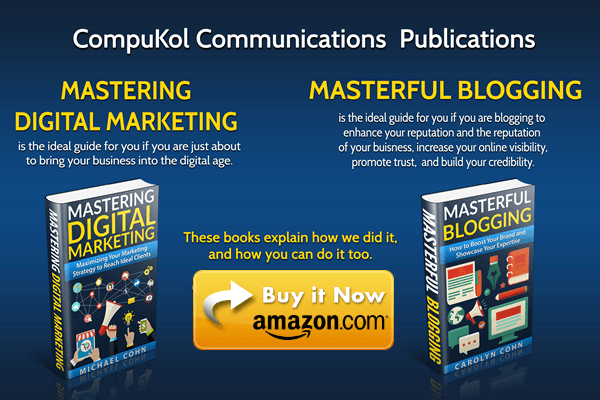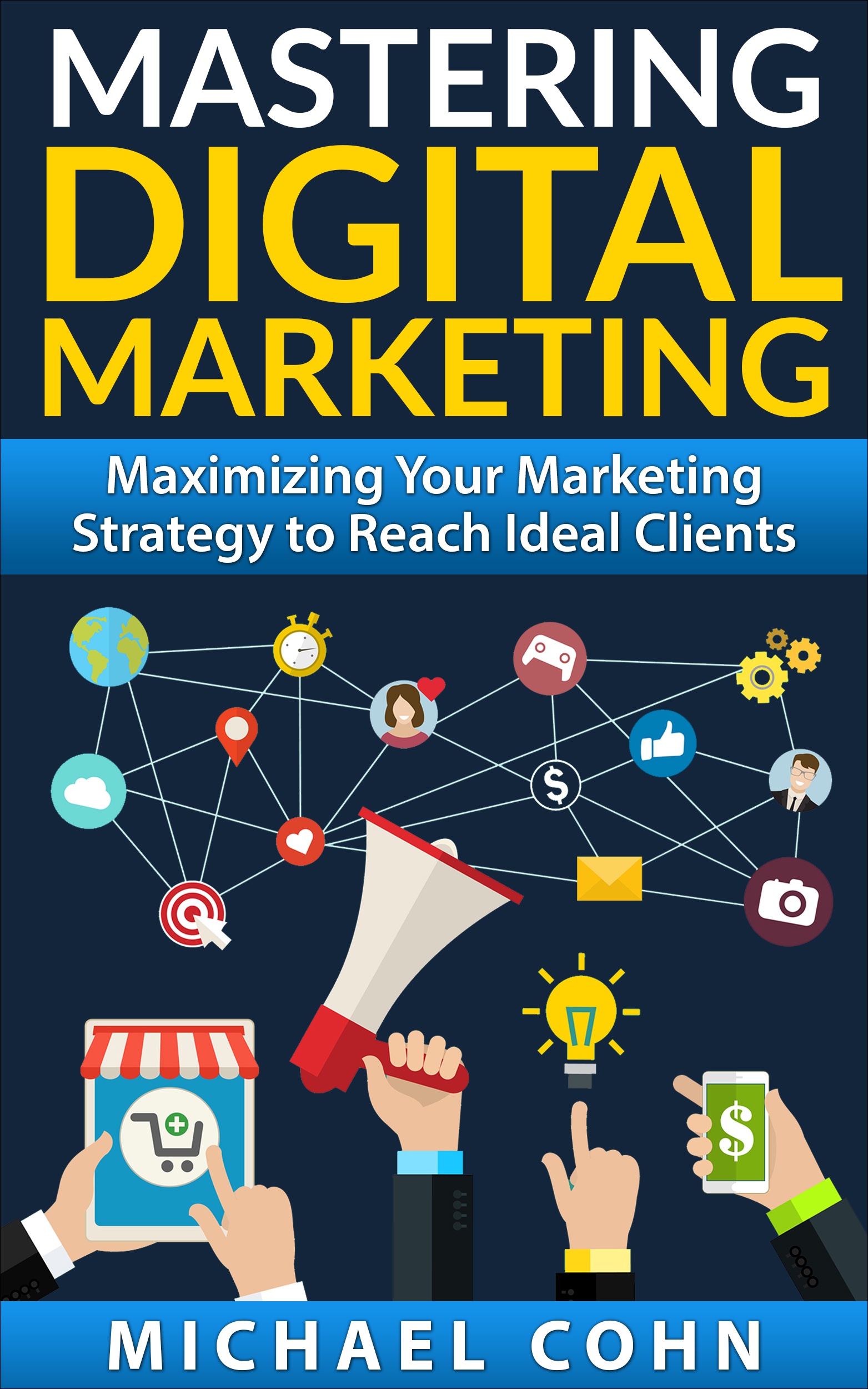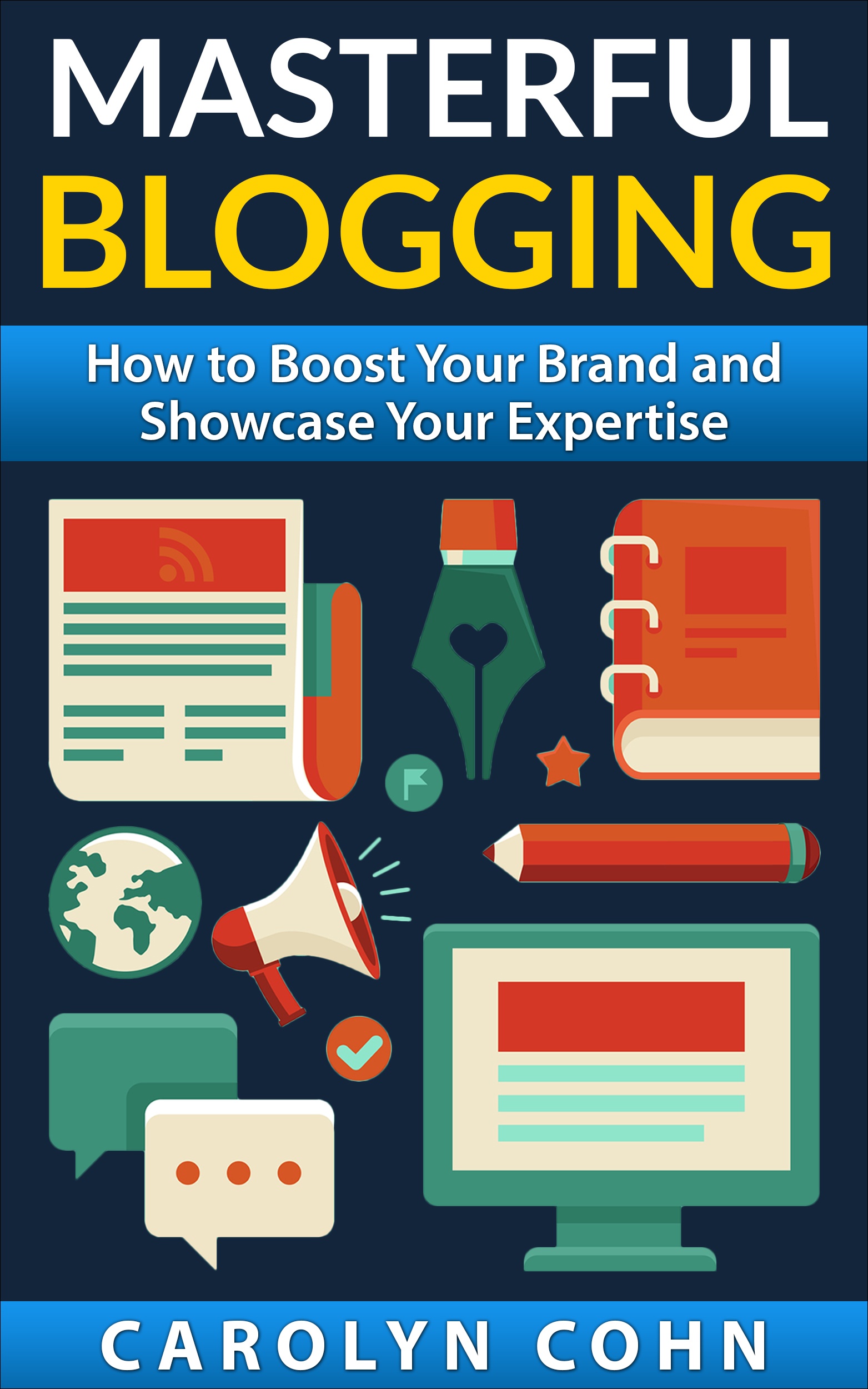Using Figurative Language for Maximum Effectiveness

There is good writing and then there is great writing. Your content may be very well written but that doesn’t necessarily mean that it grabs your readers and renders them captives of your every word, with each word pushing them to become more and more excited than by the word before. That is what figurative language does for your readers and for your content.
Not all of your words lead to literal meanings
If you use figurative language effectively, you can spin a story that is exciting, compelling, engaging, and highly resonant. It also renders your content (and your story) highly memorable, which means that your readers will not only be inclined to read what you have written from beginning to end but that they also want to tell other people about what you have written.
[tweetthis]Great writing evokes images that endure in the mind of the reader.[/tweetthis]Your words can remind your readers of the experiences that you share and good or bad, those experiences are always connected to emotions. Your words can also be highly persuasive and they can convince the readers to do whatever it is you wish them to do. In short, your words can be extremely powerful and the beauty of it is that your readers won’t even know that you are asking and that they are giving you what you want. The use of figurative language is a great writing style tool and you should use it whenever you can (as long as you feel that it is appropriate in that context).
Using metaphors and similes
You may not realize it but you have been using metaphors and similes in your language communications for as long as you have been communicating. It is a natural part of the language. However, it is entirely possible that you didn’t know what to call those figures of speech even though you are probably an expert at using them effectively. The difference between a metaphor and a simile is that with a metaphor, you are stating that one thing is another but with a simile, you are saying that one thing is like another. Both are effective if used properly.
When it comes to your writing, both metaphors and similes add to descriptive language but, at the same time, they have the ability to change the direction and perspective of the writing. They allow the reader to think differently than he or she normally thinks. Along with that, the reader will start to come up with some creative, new ideas as well. Those ideas can evoke all sorts of emotions and most of them will be highly compelling.
Choosing the most effective metaphors and similes
Before you consciously choose the most effective metaphors and similes for your content, you will need to be able to identify them. After you understand the concept of what they are and why they are effective, you will be at a point where you can start using them in your new content. You will want to incorporate them into your content at every opportunity. As part of your study of metaphors and similes, it will be helpful if you find content that compares easily to other content. That is a great foundation for your own writing. Once you have done that, you can apply your own experience and your writing will be extremely effective and your readers will respond positively to whatever you write and share.
One really effective writing approach is if you speak about a specific emotion that you have experienced acutely and build your story around that. There is a guarantee that at least some of your readers can identify with what you are saying and with what you have experienced. Metaphors and similes are all around you. You owe it to your target audience to use them in the most effective way possible.
Conclusion
Figurative language in your content is effective, compelling, engaging, and beautiful. It enables you to take abstract ideas and turn them into concrete concepts. Figurative language can also help you to create a wonderful setting for the stories that you are sharing. You can take comfort in the fact that you are already an expert in using them extremely well. It is just that you may not be aware of that fact.
We are pleased to provide you with the insightful comments contained herein. For a complimentary assessment of your online presence, let’s have coffee.

|



